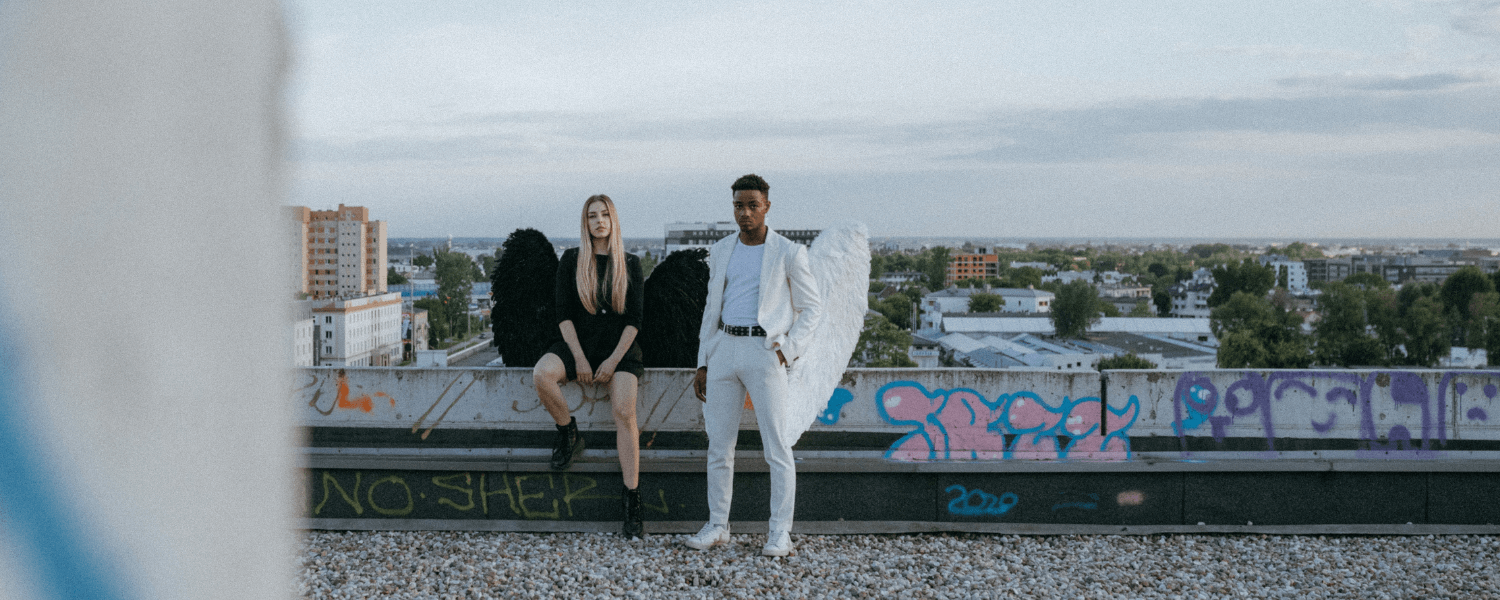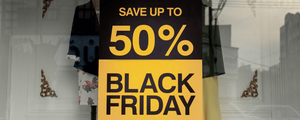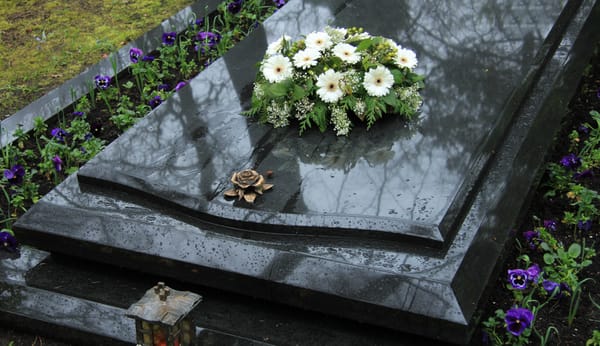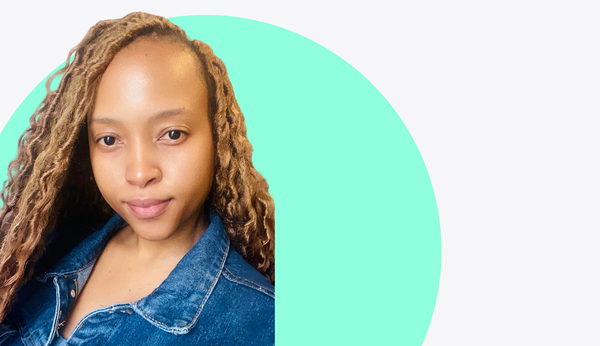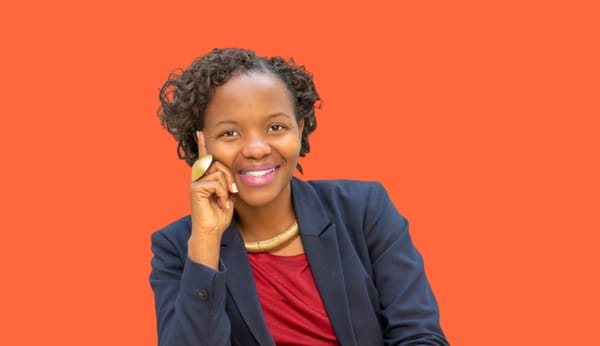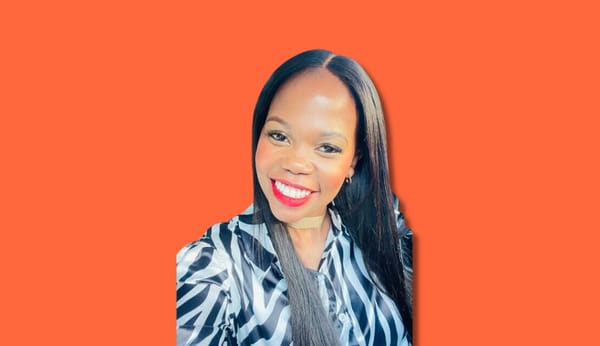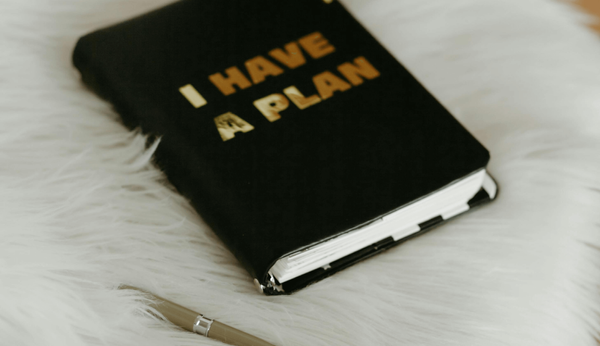Debt is bad.
We go on about this at Franc because debt is killing savings in South Africa.
But it's not always as black and white as that.
In this article we're going to go a bit deeper into debt: what makes it bad… and when it's actually good.
But first, a look at why debt is regarded as a curse.
What's the state of indebtedness in South Africa?
According to the South African Reserve Bank, South African households spend, on average, 70% of their take-home pay on debt. Some economists put this figure at 75% which means that R75 out of every R100 of after-tax money earned is being used to pay interest and repay debts.
It's no wonder our country has one of the worst savings rates in the world.
As an individual, the debt habit can very quickly spiral out of control. It usually starts innocently enough. The temptation of a store card proves irresistible – six months to pay off your purchases, zero interest for the first six months, and R1,000 in free vouchers. Who can resist such an offer when there are lovely new things in the window that want to be in your cupboard?
Consumption debt increases over the December holiday season. There are presents to buy. Everyone wants treats and nice stuff and the lack of ready cash is not an obstacle when there is so much credit around.
Of course, you wouldn't be considering the card if you had enough cash on hand to buy what you wanted. Think about it – if you have the cash you don't need the card. So as soon as you're tempted to get a store card, remind yourself that you're spending money you don't have. That's not a good idea.
Because if you can't really afford the purchases, it's easy to miss those payments. And when you miss payments they start charging interest, which makes it even harder to meet the minimum monthly payment. Then, to protect your credit record, you take out a personal loan to pay off the store card. And so it goes.
If you're already in this mess, we have some tips at the end on how to get out of the spiral.
What is bad debt?
The sort of debt that gets people into trouble is called consumption debt.
If you're using loans or credit to pay for everyday expenses, that's consumption debt. It's the money you spend on stuff that gets 'consumed' or loses value quickly over time. Food bought with a credit card is literally consumed in a week or two. Clothes and shoes last longer but they still wear out – and you can't sell those sneakers for even half what you paid for them if you're in a cash squeeze. Even the lease on a car falls into the 'bad' debt category. Vehicles are an expensive asset – they lose value steadily and cost money to maintain.
What, then, is good debt?
Good debt is productive debt – the loan that helps you start a business or buy a home, for example. These are assets that should appreciate in value and could generate an income down the line.
It's hard to start a business without loan capital, and most people would never be able to buy property without a home loan. Owning your own home is nearly always a good investment – and provides security – so this form of debt helps build your asset base.
What you'll pay on good vs. bad debt
Interestingly, the debt taken on for consumption is almost always more expensive than "productive debt."
In South Africa, banks are allowed to charge up to repo rate (currently 8.25%) plus 14% on credit card debt. That means credit card debt could cost as much as 22.25% in interest at the moment.
Let's put this into perspective. If you get a one-year business loan of R10,000 at prime rate (currently 11.75%) and pay it off monthly, the total interest paid by the end of the year amounts to around R615.
But if you spend R10,000 on your credit at a 22.25% and take a year to pay it off, the total interest amounts to R1,131. And it's worse if you only pay the minimum required per your monthly statement, because banks keep the minimum low (as long as you have credit) and you end up paying interest on interest.
The maximum rate you can be charged on a personal loan is repo plus 21% – which means that personal loans are even more expensive than credit cards.
A personal loan of R10,000, at a 29.25% interest rate, would cost you R1,460 over one year. And that's if you pay it off.
How to get out of debt
If you have no debt or very little debt, you need to do everything in your power to keep it that way. Save and invest.
If you have a debt burden, the first step is not any of the things you might think. It's not budgeting, or accelerated payments, debt consolidation or debt counselling, or writing down all of your expenses – although all of these are very important.
The first step is changing your behaviour… and to do that you have to figure out why you are in the habit of spending more than you earn.
Unless you change the underlying impulses that make you spend money you don’t have, things like budgeting won't work.
It's not always easy confronting your weaknesses, but it has to be done. Once you've worked out what makes you use debt to finance consumption you can start the process of budgeting and paying off the loans.


